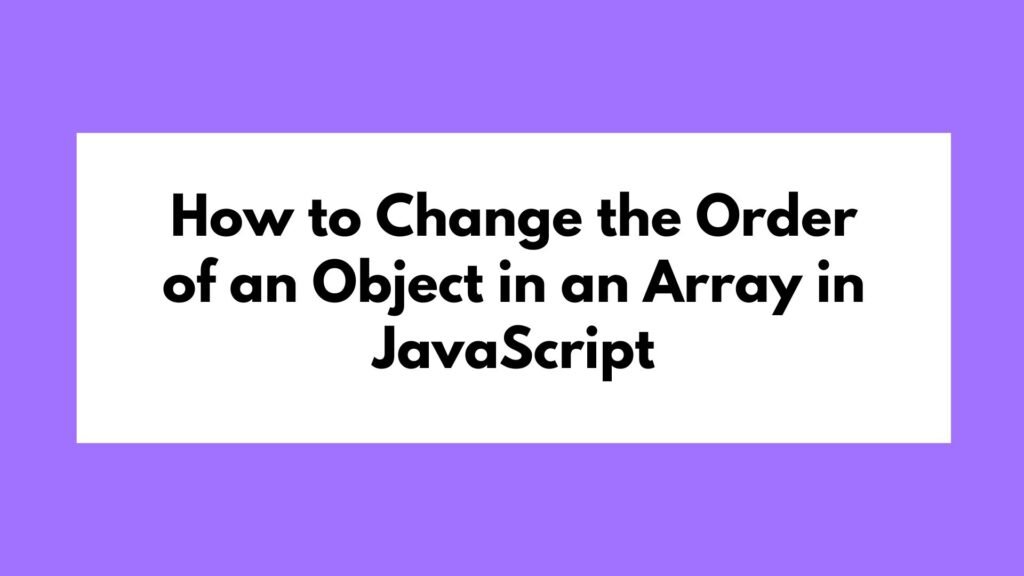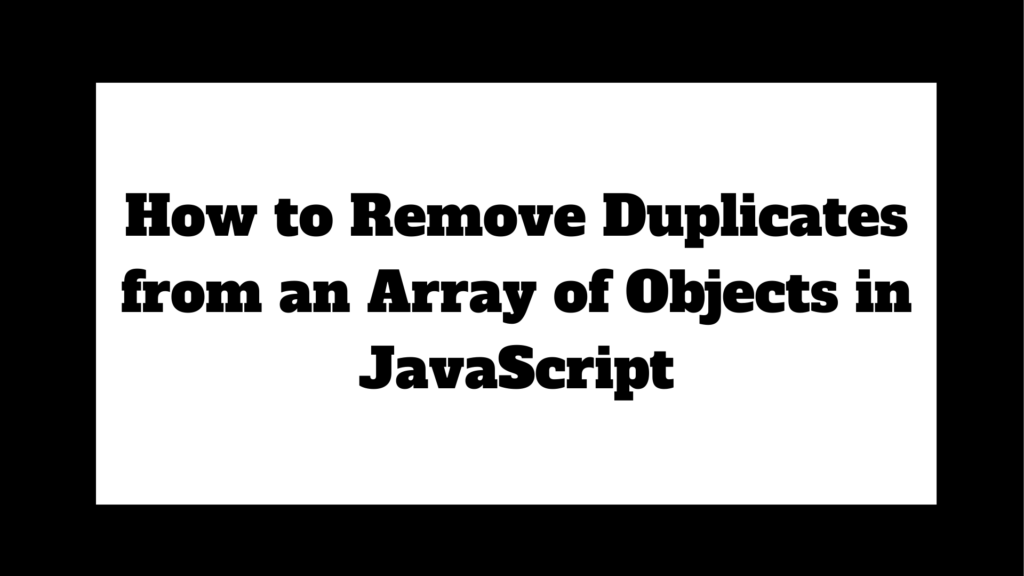
In JavaScript, JSON.stringify is commonly used to convert JavaScript objects into JSON strings for transmission or storage. However, to use this data effectively, you often need to parse the JSON string back into a JavaScript object. This guide will walk you through the process of parsing a JSON string (produced by JSON.stringify) using JSON.parse() with detailed explanations and examples.
Example in JavaScript:
let jsonString = '{"name":"John", "age":30}';
let jsonObject = JSON.parse(jsonString);
console.log(jsonObject.name); // Output: "John"
To parse a JSON string back into a JavaScript object, use JSON.parse().
Methods on How to Parse JSON.stringify in JavaScript
JSON (JavaScript Object Notation) is a lightweight data-interchange format that is easy for humans to read and write, and easy for machines to parse and generate. When working with data in web development, you may need to convert JavaScript objects to JSON strings using JSON.stringify. To work with this data again, you’ll need to parse it back into a JavaScript object, which is where JSON.parse() comes in.
Using JSON.parse()
The JSON.parse() method is used to parse a JSON string, constructing the JavaScript object or value described by the string.
Syntax:
JSON.parse(text[, reviver]);
- text: The JSON string to parse. It must be a valid JSON string.
- reviver (optional): A function that can transform the result.
Example: Parsing JSON String to JavaScript Object
Here’s an example of converting a JSON string back into a JavaScript object:
let jsonString = '{"name":"John", "age":30, "isStudent":false}';
let jsonObject = JSON.parse(jsonString);
console.log(jsonObject.name); // Output: "John"
console.log(jsonObject.age); // Output: 30
console.log(jsonObject.isStudent); // Output: false
Explanation:
jsonStringis a string formatted as JSON.JSON.parse(jsonString)parses the JSON string and returns the corresponding JavaScript object.- You can then access the properties of the object (
name,age,isStudent) as you would with any other JavaScript object.
Handling Parsing Errors
If the JSON string is not valid, JSON.parse() will throw a SyntaxError. To prevent your application from crashing, it’s a good practice to handle this error using a try...catch block.
let invalidJsonString = '{"name":"John", "age":30'; // Missing closing brace
try {
let jsonObject = JSON.parse(invalidJsonString);
console.log(jsonObject);
} catch (error) {
console.log("Parsing error:", error.message); // Output: "Parsing error: Unexpected end of JSON input"
}
Explanation:
- The
try...catchblock is used to catch anySyntaxErrorthat may occur during parsing. - This prevents your code from breaking if the JSON string is malformed.
Use Cases for JSON Parsing
- API Responses: When dealing with APIs, the data is often returned as JSON strings.
JSON.parse()allows you to convert these strings back into objects for easy manipulation. - Local Storage: Data stored in
localStorageorsessionStorageis saved as strings. To use this data as objects, you need to parse it usingJSON.parse(). - Data Processing: When receiving JSON data from different sources, such as configuration files or user input, parsing the JSON string allows you to work with it programmatically.
Conclusion
Parsing a JSON string back into a JavaScript object is a fundamental task in web development. By using JSON.parse(), you can easily convert JSON-formatted strings into objects, enabling you to work with data in a more structured and meaningful way. Whether you’re handling API responses, working with local storage, or processing data, understanding how to parse JSON strings is crucial for effective JavaScript programming.


